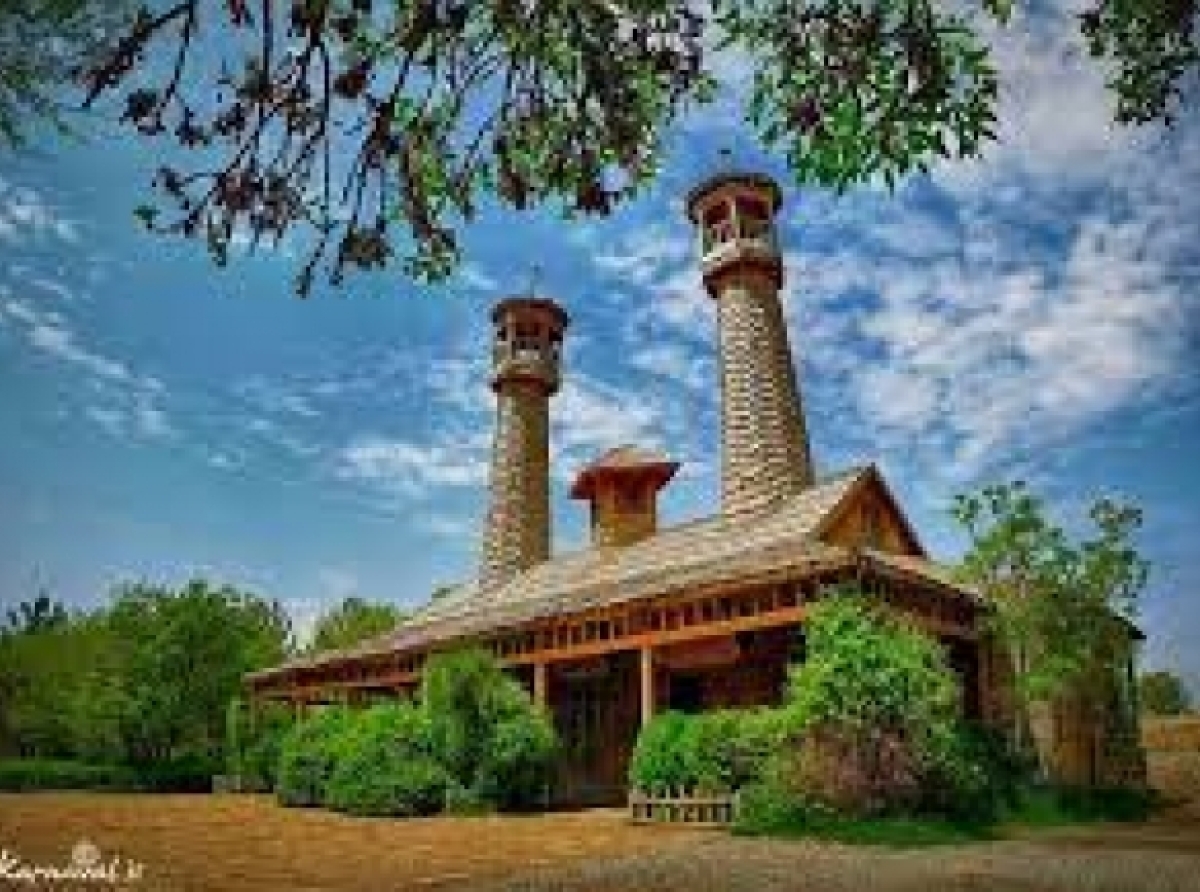Neishabour Wooden Village
Art and artists have always created beauty wherever they have the opportunity to appear and manifest, and have created masterpieces with their creativity. Neishabour Wood Village is one of these arts and engineer Hamid Mojtahedi is one of these artists. One of the masterpieces of his lifetime is this very beautiful and creative work of art, which has been created with the utmost precision, elegance and intelligence.
This village was built in Mohammad Abad Aghazadeh village, one of the villages of Neishabour in Khorasan Razavi province.
This village, which should be considered the only ecological village in Iran, was built by tons of wood and is considered a small city in itself. This prosperous village is currently run by Ms. Heshmat, a civil engineer and the wife of Engineer Mojtahedi.
Although this village is made of wood, but the wisdom of Engineer Mojtahedi has caused the green space around the wooden village of Neishabour to remain. In fact, this village is not made of wood from the trees of the region.
The best season to travel to the wooden village of Neishabour is spring and summer, which in general in these two seasons, rural areas of Iran have a pleasant climate suitable for tourism and travel. However, in autumn, sightseeing in such a village is not without grace and has its own charms, such as Neishabour and its wooden village. Wood Village Mosque
In a wooden village, two ponds and a pool have multiplied the beauty of the village, the pond is also a breeding ground for carp. The pond is surrounded by willow trees and has created a pleasant atmosphere for passers-by and travelers. The villagers are still engaged in animal husbandry and ostrich and other animals are raised in this all-wood village.
The mosque built in this village is the first wooden mosque in the world that is resistant to earthquakes. The area of this mosque is 200 square meters and the roof of this building is made in the form of a gable, its minarets are 13 meters high from the ground and the weight of each of these two minarets is approximately 4 tons. In terms of appearance, this building is also interesting and is located in the shape of an inverted ship on the ground. The construction of this mosque took about 2 years and 40 tons of wood was used in its construction. The walls, cabinets and trays of the mosque water house are all made of wood. It has an outer porch, the floor of which is made of clay, and inscriptions can be seen on the inner and outer walls of the 7th and 6th mosques, on which Quranic verses are written, and these inscriptions and its frame are made of walnut and mulberry trees.
Therefore, to see and explore a wooden village in an ancient city, you should go to Khorasan Razavi and reach the historic Neishabour via Mashhad or Sabzevar, and take the route via Ishaqabad Road or Khayyam Road up to 5 km after the shrine. Fazl Ibn Shazan On the way to Jilo village, enter the road on the right and slowly see Mullah Mohammad Aghazadeh village and the wooden village of Neishabour.
Translator :Faeghe Ebrahimpour

 En
En  Fa
Fa 